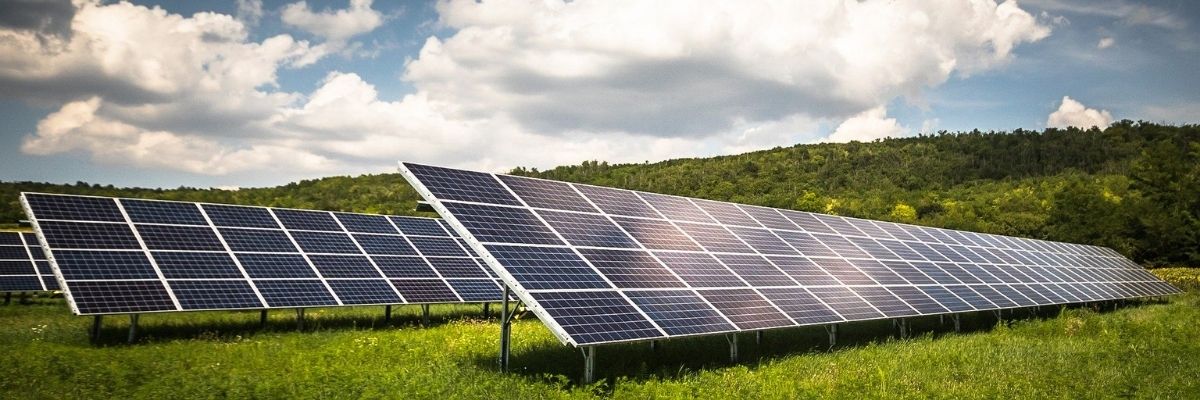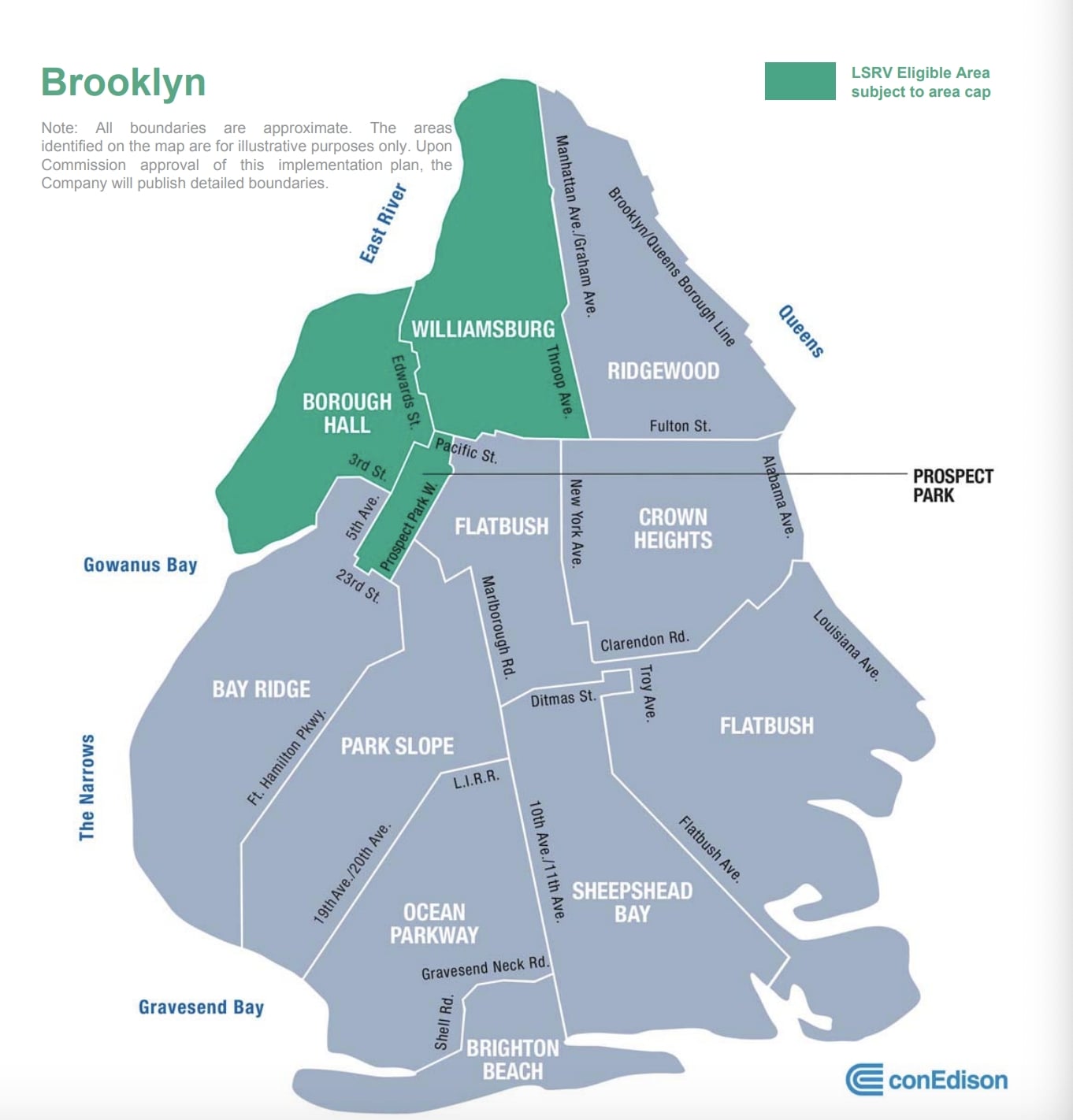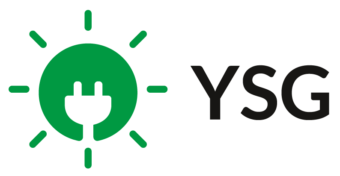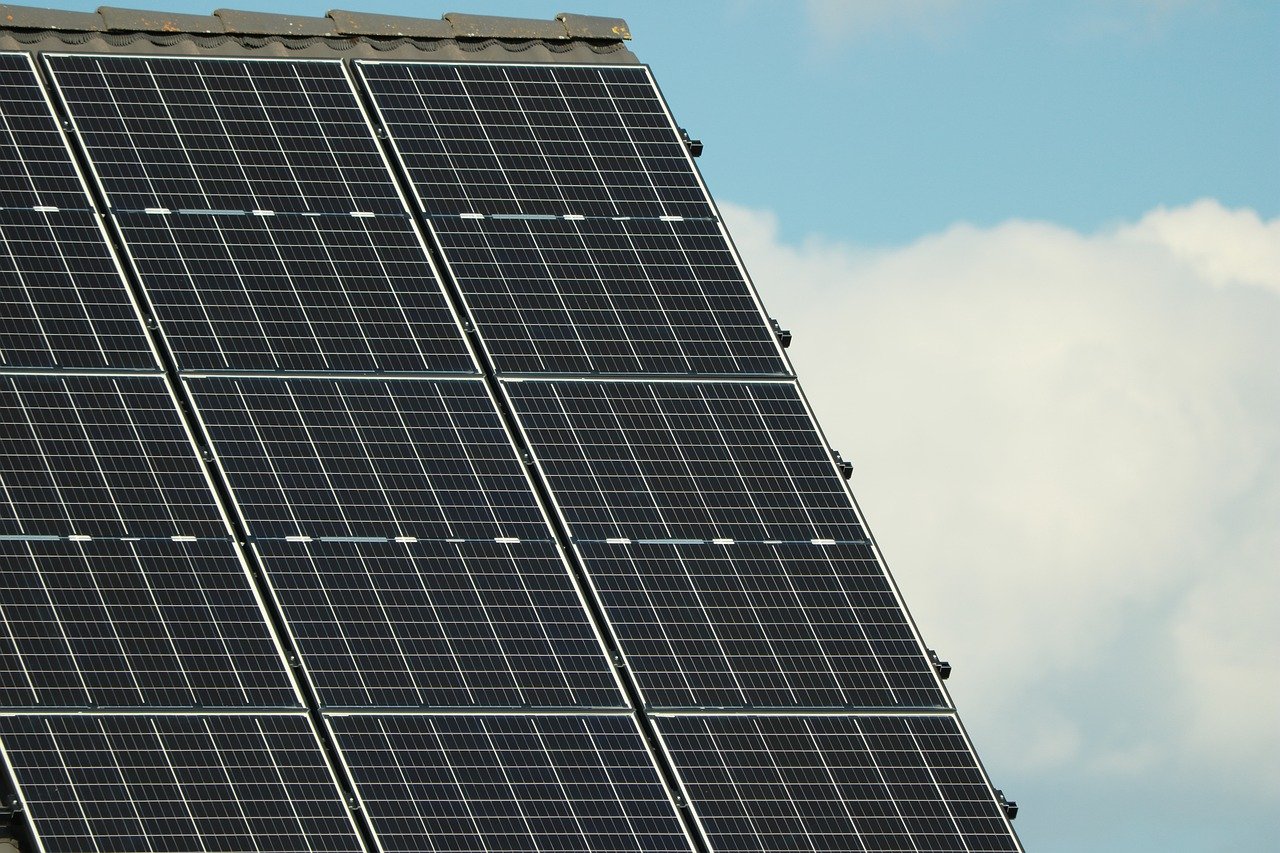As part of NYSERDA’s Value of Distributed Energy Resources (VDER) program, projects are compensated based on when and where they provide electricity to the power grid. Each utility company files a monthly statement that includes actual monthly ICAP rates, the current Demand Reduction Value (DRV) rate, and the current Locational System Relief Value (LSRV) capacity remaining per substation.
What is Locational System Relief Value (LSRV)?
Every utility has specific areas that offer additional elements to the Value Stack, which results in higher project compensation. Factors such as time, location, and peak demand affect electricity costs for utilities. For example, solar systems that produce electricity for congested urban areas, have a higher electricity demand. Therefore, through LSRV, these systems are compensated more than solar systems that produce electricity in an area with lower demand.
Other Value Stack Factors
As noted, a number of factors are used to determine the Value Stack under New York’s Value of Distributed Energy Resources (VDER) Program. The factors used in the VDER methodology include:
- Energy Value (LBMP): This accounts for the wholesale price of electricity (per kWh) when determining your compensation. LBMP, which is determined by NYISO, changes hourly and varies according to geographic zone.
- Capacity Value (ICAP): The capacity value is a measure of how effectively a project reduces New York State’s energy usage during the most energy-intensive days of the year.
- Environmental Value (E): As part of the Value Stack, the positive environmental impact of a project is calculated and accounted for.
- Demand Reduction Value (DRV): If the excess energy produced by your solar system is sent to the grid during peak demand times, you will receive more credit than you would outside of these peak demand times. This is because the energy generated is more valuable to the utility company at these high-demand times.
- Locational System Relief Value (LSRV): Busier, built-up areas will have a high demand for electricity. So, if your solar system is producing excess energy in a high-demand area then you will receive more compensation than a solar system owner in a low-demand area would.
Locational System Relief Value (LSRV) Zone Maps
LSRV maps indicate these areas and are broken down by utility. These zones, capacity caps, and values are approved by the Public Service Commission as part of the VDER program. As seen in this LSRV zone map of Brooklyn, NY—courtesy of Con Edison—there are currently two LSRV eligible areas subject to area cap.
Want to go solar in New York? Get in touch with YSG today. YSG has been operating in the New York solar market for over ten years, developing everything from rooftop residential projects to large solar farms. Call now at 212.389.9215 or send us an email to learn how much you could save with solar.
YSG Solar is a project development company responsible for commoditizing energy infrastructure projects. We work with long-term owners and operators to provide clean energy assets with stable, predictable cash flows. YSG's market focus is distributed generation and utility-scale projects located within North America.
Sources:
Featured Image by Jeyaratnam Caniceus from Pixabay

